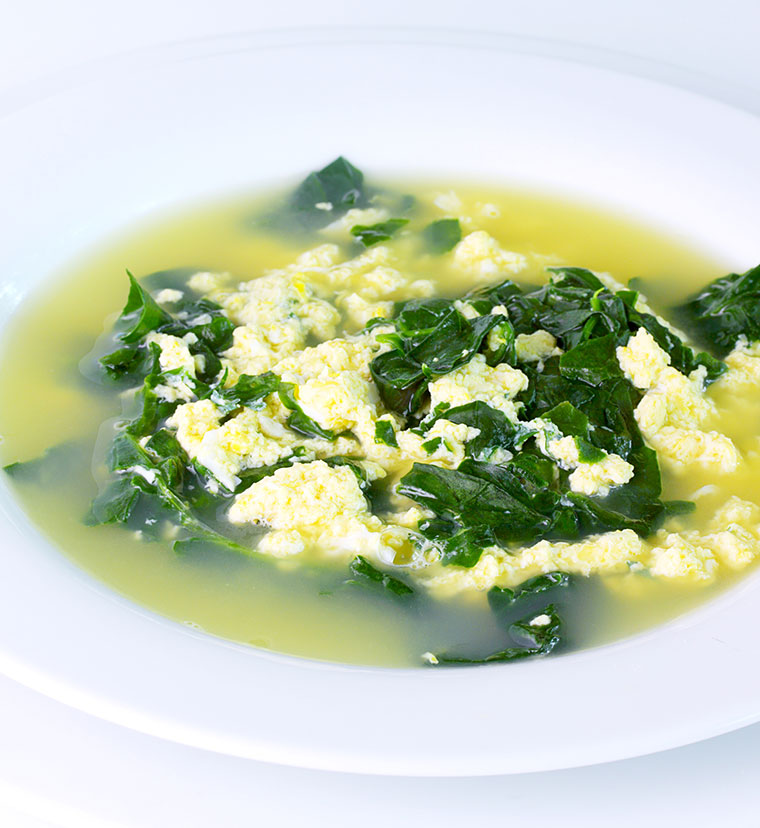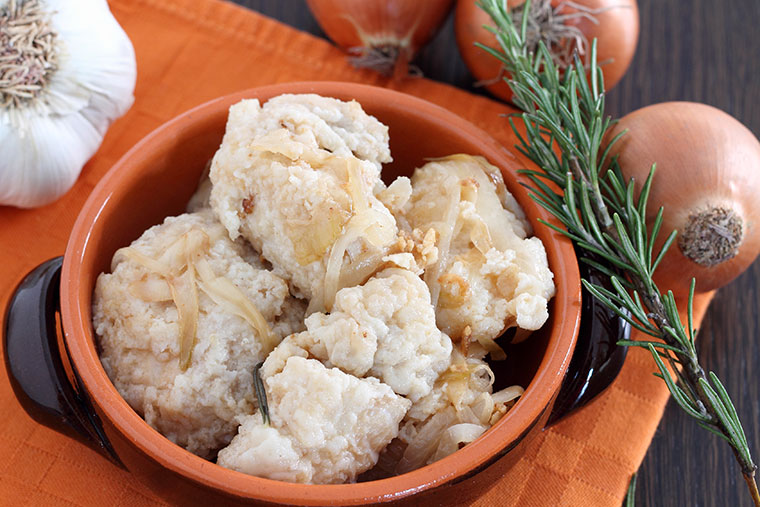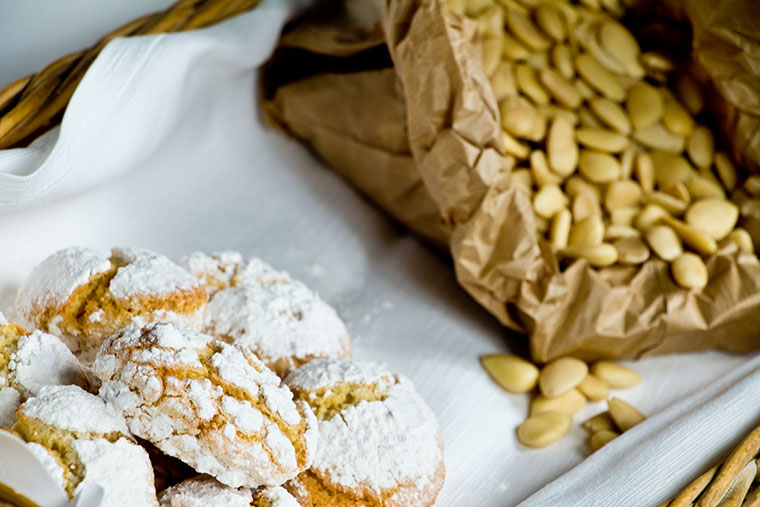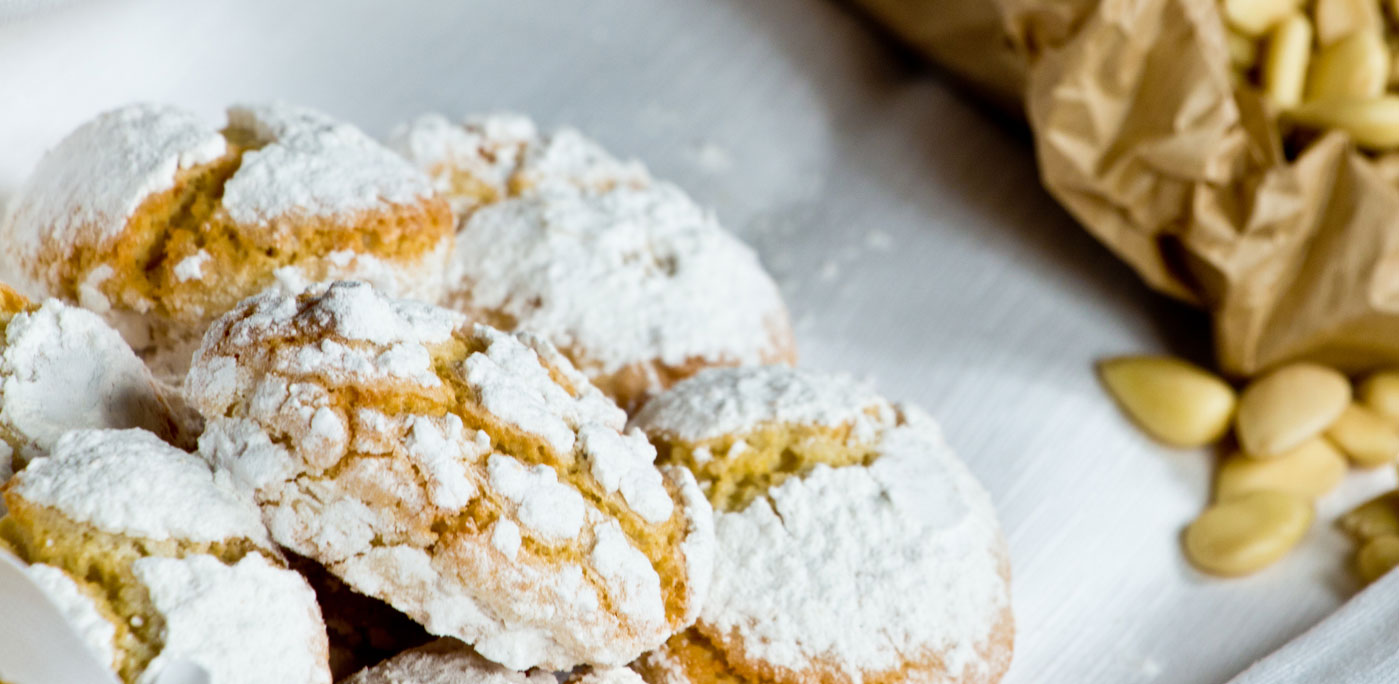Jewish populations have called Italy home since Judas Maccabee sent a contingent to Rome in 161 B.C. Although their history is wrought with strife, Jewish communities have established deeply planted roots throughout Italy. Their distinct culture has interwoven with the beautiful fabric of Italian life, leaving an indelible mark. For instance, as commemorated on the Arch of Titus in Rome, 10,000 Jewish slaves helped construct the Coliseum. And we can’t forget dishes that claim Hebraic origins such as carciofi alla giudia (deep fried artichokes) or spinaci con pinoli e passerine (spinach with pine nuts and raisins) among a host of others so beloved in Italy. In fact, vegetables such as these and the revered eggplant credit their introduction to central and northern Italy to Jews who settled in these areas.
However, if a visit to Italy finds you in one of the well-known Jewish Ghettos in Rome or Venice — or even a lesser known one such as in quaint Pitigliano – don’t get your hopes up for experiencing a savory corned beef on rye or a steaming bowl of matzo ball soup to go along with your mid-day macchiato in this historic setting. You’d be met with a shrug of the shoulders or even a puzzled “Cos’è quello?”
Although the current Jewish population in Italy numbers around 30,000, these now-integrated communities retain a strong cultural and religious presence, which certainly includes celebration of traditional holidays.

Artichokes “alla giudia” are a traditional Italian dish with Judaic origins
While Christian communities in Italy and elsewhere prepare for Easter, Jewish communities make ready for one of the most important observations of the year: Passover. Pesach (in Hebrew) commemorates the ancient exodus of the Jews from oppression in Egypt as told in the biblical book of Exodus. The celebration of this event is one of the most important Jewish holidays, and its observation is filled with traditions passed from one generation to the next.

Stracciatella, a soup most reminiscent of egg-drop soup, takes the place of the traditional beitazh, a roasted egg suggesting sacrifice and new life
Calculated to occur on the full moon in the Hebrew month of Nisan (either March or April), the first night of Passover is celebrated with, what else – food and family! With a couple of thousand years of practice on Italian soil, the symbol-laden Passover meal (Seder) in Italy has evolved to one with distinctive Italian flair. Although time-honored rites such as eating unleavened bread (matzo), drinking four cups of symbolic wine, and reciting the Maggid (the story of the exodus from Egypt) remain, many foods present at a Seder in Italy might raise a curious eyebrow or two here in the United States.
Although cultural influence from the Sephardic Jews of the Middle East and Spain, as well as the Ashkenazy Jews of Northern and Eastern Europe have helped shape Italian Jewish culture, the original and reigning influence, at least when it comes to holiday foods, is that of the Roman Jewish settlement and its predominant Greek roots. The Passover table reflects it deliciously well with a number of traditional celebration dishes that bear a conclusive Mediterranean style.

Carpione – a marinated-then-fried dish of cubed white fish
So what might be found on a typical Italian Seder plate? For starters, the standard sprig of parsley known as the karpas is absent, instead replaced by the afore-mentioned Carciofi alla giudia. The parsley is intended to symbolize spring and new life by way of its green color. I rather doubt anyone minds that the carciofi shows up more golden-fried brown than green! Stracciatella, a soup most reminiscent of egg-drop soup, takes the place of the traditional beitazh, a roasted egg suggesting sacrifice and new life. The symbolic haroset mixture of apples, cinnamon, and wine is replaced by haroset all’Italiana – a combination of oranges, ground dates, raisins, and figs that represent the mortar used by the enslaved Jews to build the Pharaoh’s temples.

Delicious almond cookies ricciarelli di Siena originates from Italian Jewish culinary tradition
Don’t count on finding pungent plates of gefilte fish at a Jewish nonna’s Passover table. In its place is carpione – a marinated-then-fried dish of cubed white fish. A common main course at the American Passover table might consist of a beef brisket or a roasted chicken. Nice, but certainly not what would be served in Rome or other regions of Italy! Mazzagne, a lasagna style dish created with matzo, vegetables and lamb stands as the shining centerpiece here, and is most likely accompanied by a side dish of Insalata Sefardita. This medley of romaine lettuce, dill, and green onions takes the place of horseradish, the classic maror — bitter herbs that symbolize and remind of the harshness of being enslaved.
Possibly one of the most surprising Italian delights with Jewish roots that is enjoyed at Passover is Ricciarelli di Siena, that famous and delectable almond cookie. Most often thought of as a Christmas goodie, research suggests that this particular sweet traces its origin to the Jewish ghettos of Siena. The story goes that almonds were not a known commodity in central and northern Italy until they were introduced by relocated Jews. As the Passover season calls for unleavened products, ground almonds and other alternative flours were instead used to create all sorts of delectables, including Ricciarelli. Numerous Pesach cakes such as amaretti, ciambellette, or moscardini are offered, as well, for the concluding dolce at the Seder table.
Over time, as Jewish populations from throughout Europe either found refuge in Italy or came unwillingly as laborers, so came their cuisine. And as often happens with cultures that meld, knowledge and ways are lost. For a time, it seemed that the rich heritage of Jewish Italian cuisine was on this path; few outside of Italy and not many within had awareness of the culinary heritage or ways of preparation brought by the Jews.
Fortunately, that tide appears to have turned, thanks to a renewed interest and awareness of ethnic cuisine in the foodie world. Cookbook authors such as Giuseppe Maffioli, Edda S. Machlin, and Joyce Goldstein are doing their part, as well, in preserving the history and recipes of this distinct intertwining of two beautifully rich – and superbly delicious – cultures.
Le popolazioni ebraiche hanno considerato casa propria l’Italia da quando Giuda Maccabeo inviò un contingente a Roma nel 161 a.C. Sebbene la loro storia sia stata combattuta, le comunità ebraiche hanno stabilito profonde radici in tutta Italia. La loro cultura caratteristica si è intrecciata con il meraviglioso tessuto della vita italiana, lasciando un segno indelebile. Ad esempio, come ricorda l’Arco di Tito a Roma, 10.000 schiavi ebrei contribuirono alla costruzione del Colosseo. E non possiamo dimenticare i piatti che rivendicano origini ebraiche come i carciofi alla giudia o gli spinaci con pinoli e passerine (spinaci con pinoli e uvetta) tra una miriade di altri piatti così amati in Italia. In effetti, verdure come queste e le venerate melanzane attribuiscono la loro introduzione nell’Italia centrale e settentrionale agli ebrei che si sono stabiliti in quelle zone.
Tuttavia, se una visita in Italia vi porta in uno dei famosi Ghetti ebraici di Roma o Venezia – o anche in uno meno noto come nella pittoresca Pitigliano – non tradite la speranza di provare una saporita carne sotto sale o una fumante ciotola di zuppa di palline di matzo per accompagnare il vostro macchiato di mezza giornata in questo contesto storico. Sarete accolti con un’alzata di spalle o persino da un perplesso “Cos’è?”.
Artichokes “alla giudia” are a traditional Italian dish with Judaic origins
Anche se l’attuale popolazione ebraica in Italia conta circa 30.000 persone, queste comunità ora integrate conservano una forte presenza culturale e religiosa, che certamente include la celebrazione delle feste tradizionali. Mentre le comunità cristiane in Italia e altrove si preparano per la Pasqua, le comunità ebraiche preparano una delle feste più importanti dell’anno: la Pasqua. Pesach (in ebraico) commemora l’antico esodo degli ebrei dall’oppressione in Egitto, come raccontato nel libro biblico dell’Esodo. La celebrazione di questo evento è una delle festività ebraiche più importanti e la sua osservanza è piena di tradizioni tramandate da una generazione all’altra.
Stracciatella, a soup most reminiscent of egg-drop soup, takes the place of the traditional beitazh, a roasted egg suggesting sacrifice and new life
Calcolata per cadere con la luna piena nel mese ebraico di Nisan (marzo o aprile), la prima notte di Pasqua è celebrata con (ma cos’altro?) cibo e famiglia! Con un paio di migliaia di anni di pratica sul suolo italiano, il simbolico pasto pasquale (Seder) in Italia si è evoluto in uno che ha un tocco tipicamente italiano. Anche se restano riti antichi come il mangiare pane non lievitato (Matzo), bere quattro tazze simboliche di vino e recitare il Maggid (la storia dell’esodo dall’Egitto), molti cibi presenti a un Seder in Italia potrebbero sollevare qualche curioso sopracciglio qui negli Stati Uniti.
Sebbene l’influenza culturale degli ebrei sefarditi del Medio Oriente e della Spagna, così come degli ebrei Ashkenazy dell’Europa settentrionale e orientale abbiano contribuito a plasmare la cultura ebraica italiana, l’influenza originale e dominante, almeno in tema di alimenti per le feste, è quella dell’insediamento ebraico romano e delle sue predominanti radici greche. Il tavolo della Pasqua lo rispecchia deliziosamente con una serie di piatti tradizionali che hanno un evidente stile mediterraneo.
Quindi cosa si può trovare su un tipico piatto Seder italiano? Per i principianti, il rametto standard di prezzemolo noto come Karpas è assente, sostituito invece dai già citati Carciofi alla giudia. Il prezzemolo intende simboleggiare la primavera e la nuova vita attraverso il suo colore verde. Dubito però che qualcuno pensi che i carciofi mostrino più marrone dorato che verde! La Stracciatella, una zuppa che ricorda la zuppa a base di uova, prende il posto della tradizionale Beitazh, un uovo arrostito che suggerisce sacrificio e nuova vita. La simbolica Haroset miscela di mele, cannella e vino è sostituita da una Haroset all’Italiana – una combinazione di arance, datteri, uvetta e fichi che rappresentano la malta usata dagli ebrei asserviti per costruire i templi del faraone.
Non contate di trovare piatti pungenti di pesce gefilte sulla tavola della Pasqua ebraica della nonna. Al suo posto c’è il Carpione, un piatto di pesce bianco a cubetti marinato e poi fritto. Un comune piatto principale sulla tavola della Pasqua americana potrebbe consistere in un petto di manzo o in un pollo arrosto. Bello, ma certamente non quello che sarebbe servito a Roma o in altre regioni d’Italia! Il Mazzagne, un piatto tipo lasagna fatto con Matzo, verdure e agnello, è qui la portata principale, ed è molto probabilmente accompagnato da un contorno di Insalata Sefardita. Questo miscuglio di lattuga romana, aneto e cipolle verdi prende il posto del rafano, il classico Maror – erbe amare che simboleggiano e ricordano la durezza di essere ridotti in schiavitù.
Forse uno dei sapori italiani più sorprendenti con radici ebraiche che si gode a Pasqua sono i Ricciarelli di Siena, il famoso e delizioso biscotto di mandorle. Il più delle volte pensato come dolce di Natale, la ricerca suggerisce che questo particolare dolce trae origine dai ghetti ebraici di Siena. La storia dice che le mandorle non erano un prodotto conosciuto nell’Italia centrale e settentrionale fino a quando non furono introdotte dagli ebrei trasferiti. Poiché la stagione della Pasqua ebraica richiede prodotti non lievitati, venivano utilizzate mandorle macinate e altre farine alternative per creare ogni sorta di squisiti prodotti, tra cui i Ricciarelli. Numerosi dolci di Pasqua come amaretti, ciambellette o moscardini sono offerti come dolce finale sulla tavola Seder.
Col tempo, mentre le popolazioni ebraiche di tutta Europa trovarono rifugio in Italia o ci andarono controvoglia come manovali, così arrivò la loro cucina. E come spesso accade con le culture che si fondono, sapere e modalità sono andate perse. Per un certo periodo, è sembrato che il ricco patrimonio della cucina ebraica italiana fosse su questa strada; pochi al di fuori dell’Italia e non molti all’interno di essa avevano consapevolezza del patrimonio culinario o delle modalità di preparazione portate dagli ebrei.
Fortunatamente, quella tendenza sembra essersi invertita grazie a rinnovato interesse e consapevolezza della cucina etnica nel mondo culinario. Autori di libri di cucina come Giuseppe Maffioli, Edda S. Machlin e Joyce Goldstein stanno facendo la loro parte anche nel preservare la storia e le ricette di questo particolare intreccio di due culture meravigliosamente ricche e superbamente deliziose.


































